Sealife guideThe french angelfishPomacanthus paru
Last updated on 09/02/2024 at 11:51 PM
Taxonomy
Description
The french angelfish is a large fish, averaging around 12 inches in length, though specimens can grow up to 16 inches long. The french angelfish has a disk-shaped, flattened body.
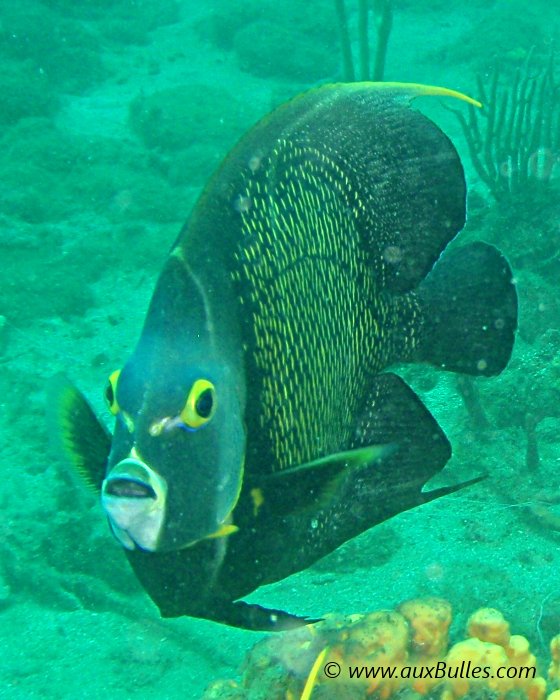
Yellow is a color that highlights and accentuates the silhouette of the french angelfish !
The french angelfish is a majestic fish with its black body and yellow-edged scales that give it a golden sheen when viewed from the side. However, the french angelfish only sports this coloration in adulthood. As a juvenile, it is characterized by its black body with vertical yellow stripes running along its length.
Its head is a lighter gray-blue compared to its body, and the area around its mouth is whitish. The color yellow accentuates and highlights the french angelfish's silhouette: its eyes are ringed with yellow and have a thin blue line on the lower part and a yellow spot can be seen at the base of its pectoral fins. Its dorsal fin, edged in yellow, extends into a yellow filament.
Geographic range
The french angelfish is found in the tropical waters of the western Atlantic ocean, the Caribbean sea and the Gulf of Mexico: from
Florida down to Brazil, including the Bahamas and various islands of the Antilles.
Habitat
The french angelfish is a reef fish that provides numerous hiding places when necessary and for nighttime rest. The french angelfish is typically found in shallow waters—about 20 feet deep—but can also be seen down to 328 feet. It does not favor solitude and is often seen accompanied by another of its kind.
Diet
During the day, the french angelfish searches the reef for food, primarily feeding on
sponges, and to a lesser extent, algae and gorgonians. As a juvenile, it serves as a cleaner fish at « cleaning stations » removing parasites from other fish.
Reproduction
The french angelfish is
oviparous and monogamous, fiercely defending its territory from other neighboring pairs.
Did you know ?
The french angelfish is listed as many other marine species within The
IUCN Red List of threatened species. The french angelfish appears in the
IUCN Red List since 2010 within the category Least Concern !
Tips for observing
Not particularly shy and sometimes curious, the french angelfish can be approached gently. You will most often see it in pairs !
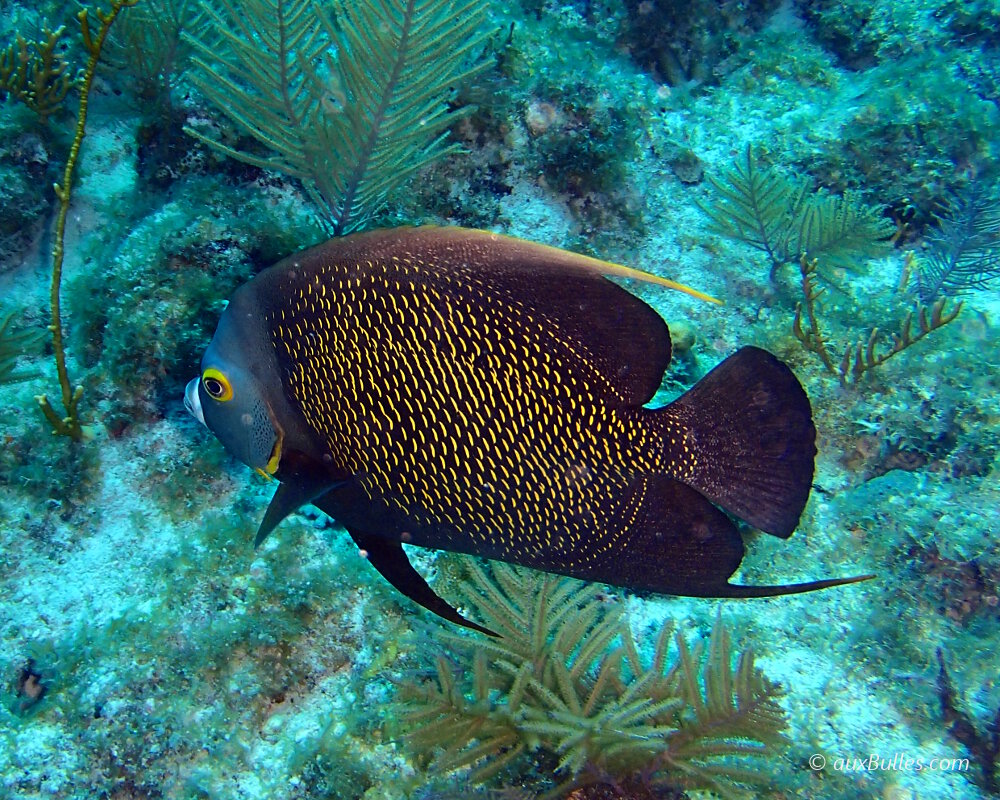
The french angelfish is a majestic fish with its black body and yellow-edged scales !
The video gallery
A pair of french angelfish
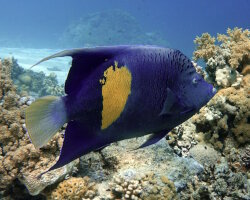
Arabian angelfish
(Pomacanthus asfur)
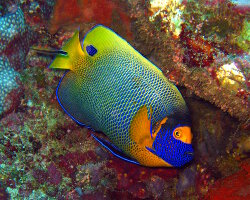
Blueface angelfish
(Pomacanthus xanthometopon)
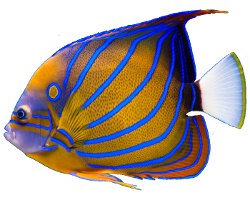
Bluering angelfish
(Pomacanthus annularis)
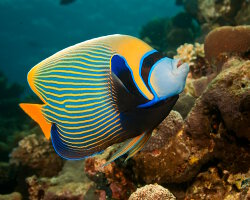
Emperor angelfish
(Pomacanthus imperator)
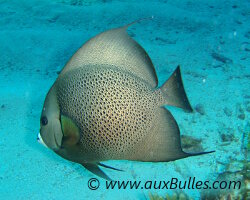
Gray angelfish
(Pomacanthus arcuatus)
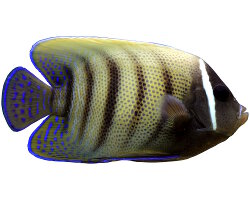
Sixbar angelfish
(Pomacanthus sexstriatus)
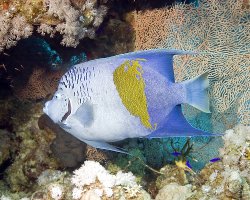
Yellow blotch angelfish
(Pomacanthus maculosus)
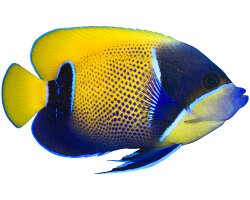
Yellow lemonpeel angelfish
(Pomacanthus navarchus)
Within the same family
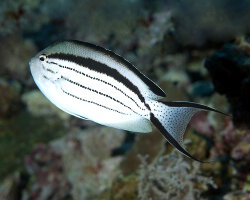
Blackstriped angelfish
(Genicanthus lamarck)
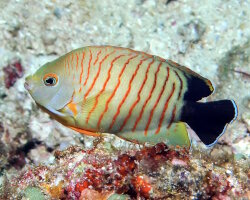
Blacktail angelfish
(Centropyge eibli)
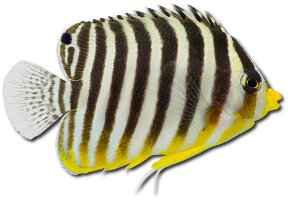
Multibarred angelfish
(Paracentropyge multifasciata)
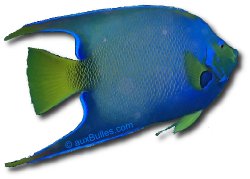
Queen angelfish
(Holacanthus ciliaris)
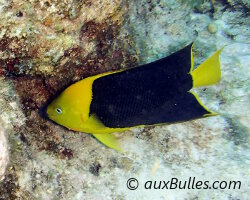
Rock beauty
(Holacanthus tricolor)
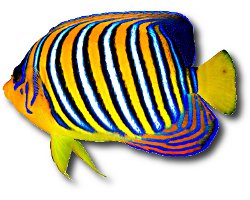
Royal angelfish
(Pygoplites diacanthus)
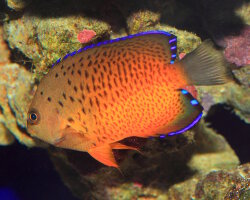
Rusty angelfish
(Centropyge ferrugata)
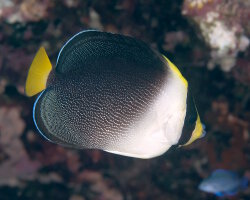
Vermiculated angelfish
(Chaetodontoplus mesoleucus)
Discover also

Atlantic creolefish
(Paranthias furcifer)
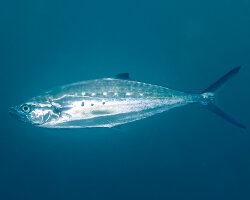
Double-spotted queenfish
(Scomberoides lysan)
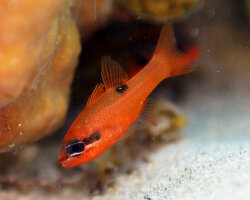
Flamefish
(Apogon maculatus)
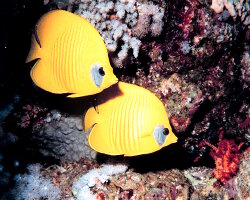
Masked butterflyfish
(Chaetodon semilarvatus)
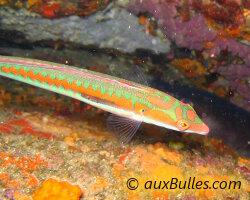
Mediterranean rainbow wrasse
(Coris julis)
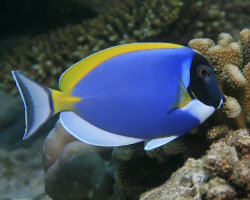
Powder blue tang
(Acanthurus leucosternon)
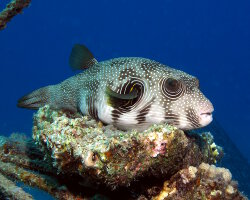
White-spotted puffer
(Arothron hispidus)
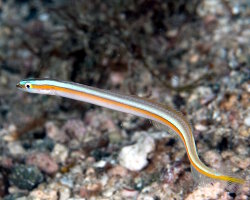
Yellowstripe wormfish
(Gunnellichthys viridescens)
The marine species from Caribbean sea

Bandtail puffer
(Sphoeroides spengleri)
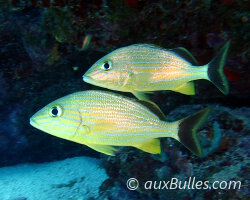
Blue striped grunt
(Haemulon sciurus)
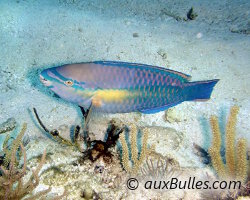
Princess parrotfish
(Scarus taeniopterus)

Queen angelfish
(Holacanthus ciliaris)
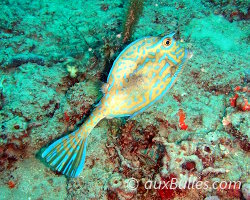
Scrawled cowfish
(Acanthostracion quadricornis)
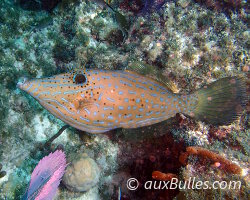
Scrawled filefish
(Aluterus scriptus)
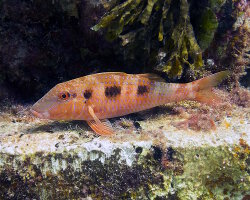
Spotted goatfish
(Pseudupeneus maculatus)
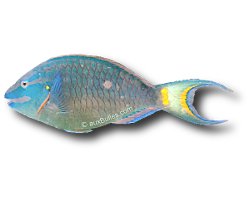
Stoplight parrotfish
(Sparisoma viride)
Dive centers

'Les Ilets' dive center

Noa dive center








































